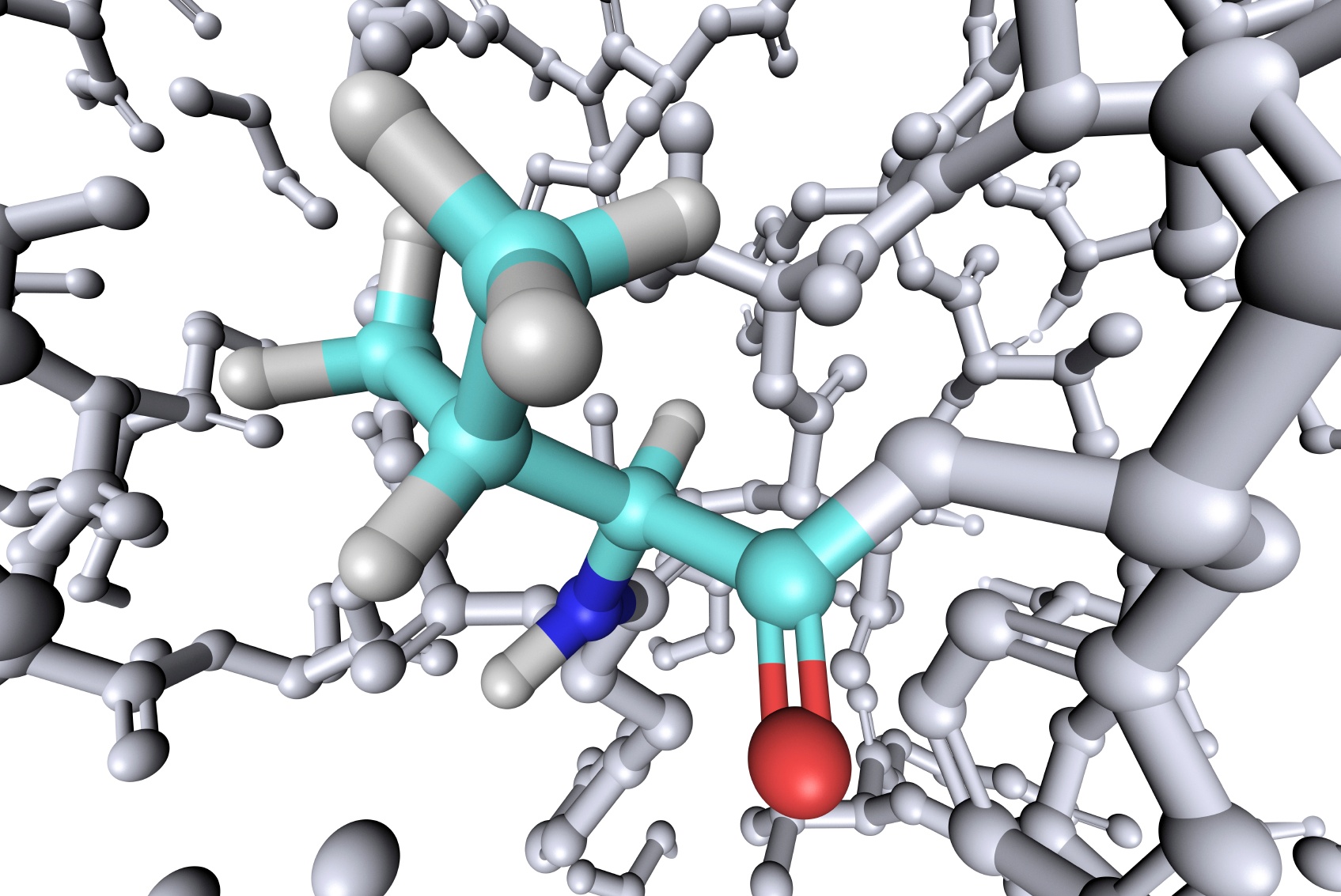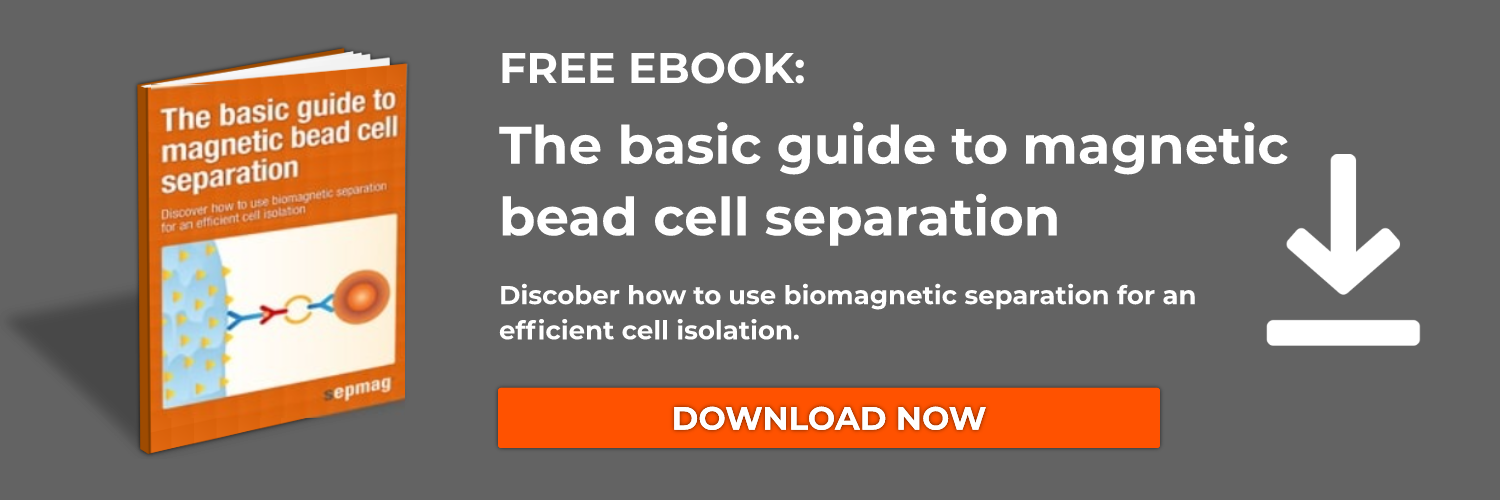Magnetic beads or Magnetic labels are the most suitable nanometric-sized iron oxide particles for extracting biological molecules prior to their detection. These are either encapsulated or attached together with polymers with the size ranging from 35nm to 4.5μm. First discovered by French scientist Louis Neel, a winner of Nobel Physics Prize in 1970; these magnetic labels exhibit several features, well tailored for various applications.
Some of its important features making it tool of choice are:
- High specifity and sensitivity
- Exhibits increased stability with time, as unaffected by reagent chemistry or photo-bleaching
- Very simple process, requiring only few handling steps
- Minimum effect of any bimolecular sample present in the magnetic background
- Sample turbidity, viscosity and staining have no impact on magnetic properties
- Applied magnetic field can manipulate magnetic beads even at a distance
Types of commonly used magnetic beads in bio magnetic separation
Immobilised Magnetic beads
Specific proteins and peptides can be captured using immobilised magnetic beads. Since stages of conventional separation like filtration, centrifugations are not required when using magnets, more protein can be recovered from the original suspension. Even from highly viscous whole blood or food products, separation of proteins can be successfully achieved. The advantage of magnetic beads is that it is easy to separate them from supernatant by simply using a magnetic source close to the experimental apparatus. Magnetic beads are smaller and nonporous; hence nonspecific binding and background signal is minimized. It allows the complete removal of unwanted supernatant without disturbing the fragile protein pellet.
The major disadvantage is that magnetic force decreases with distance, usually when the volume is high, the beads farthest from the magnet experience very low force. In most of the cases it can be long separation times and high losses.
Silica coated Magnetic Beads
Biomagnetic separation is used to procure all the nucleic acids (DNA or RNA) in a solution, using silica magnetic beads. It promotes DNA hybridisation or base pairing using magnetic beads with DNA targets or specific nucleic acid sequences. DNA/RNA can further be purified from magnetic beads using magnetic field near the apparatus.
Streptavidin beads
Streptavidin coupled beads are the benchmark to capture, isolate, and manipulate biotinylated molecules (because biotin binds to streptavidin). These magnetic beads are 1 µm super para-magnetic particles covalently coupled to a highly pure form of streptavidin and used for the isolation and manipulation of biological material, which includes cells, nucleic acid, peptides, proteins and pathogenic microorganism and also drug screening. It is spherical and presents a large surface area per volume which ensures a high and constant binding capacity.
Related news
- Applications of Biomagnetic Separation
- Magneticbeads for sensitive detecting plant vacuolarprocessing enzyme activity
- Purification of pancreatic epithelial cells with magnetic beads





